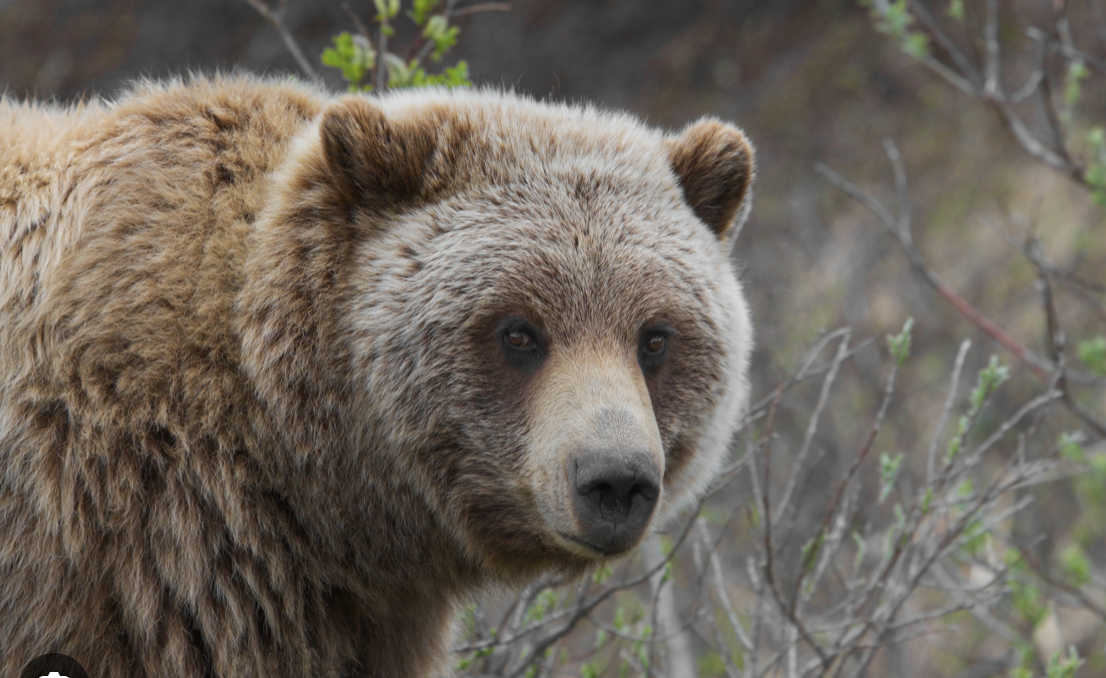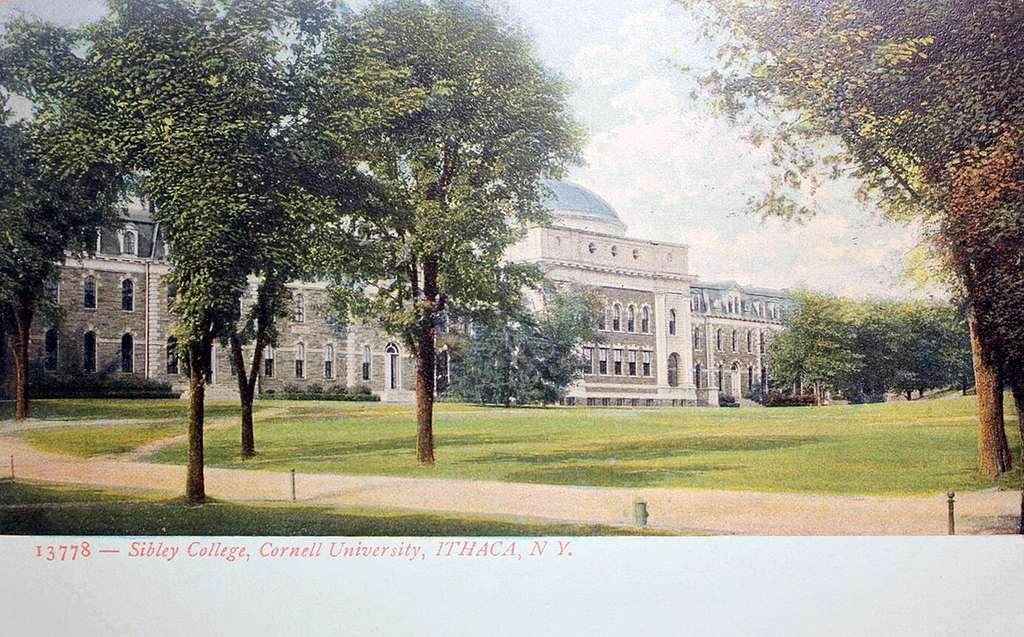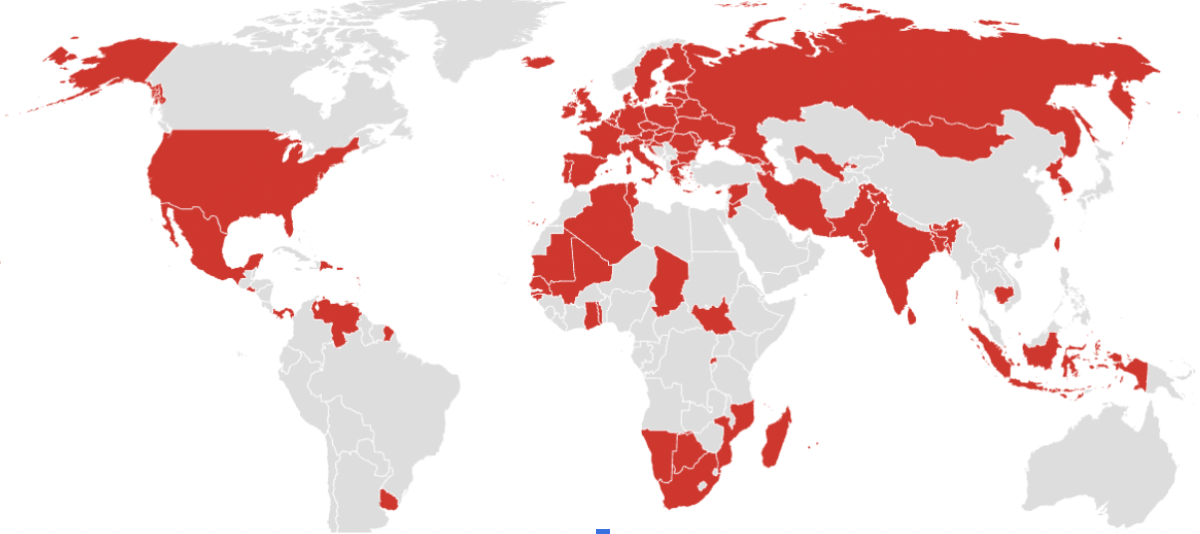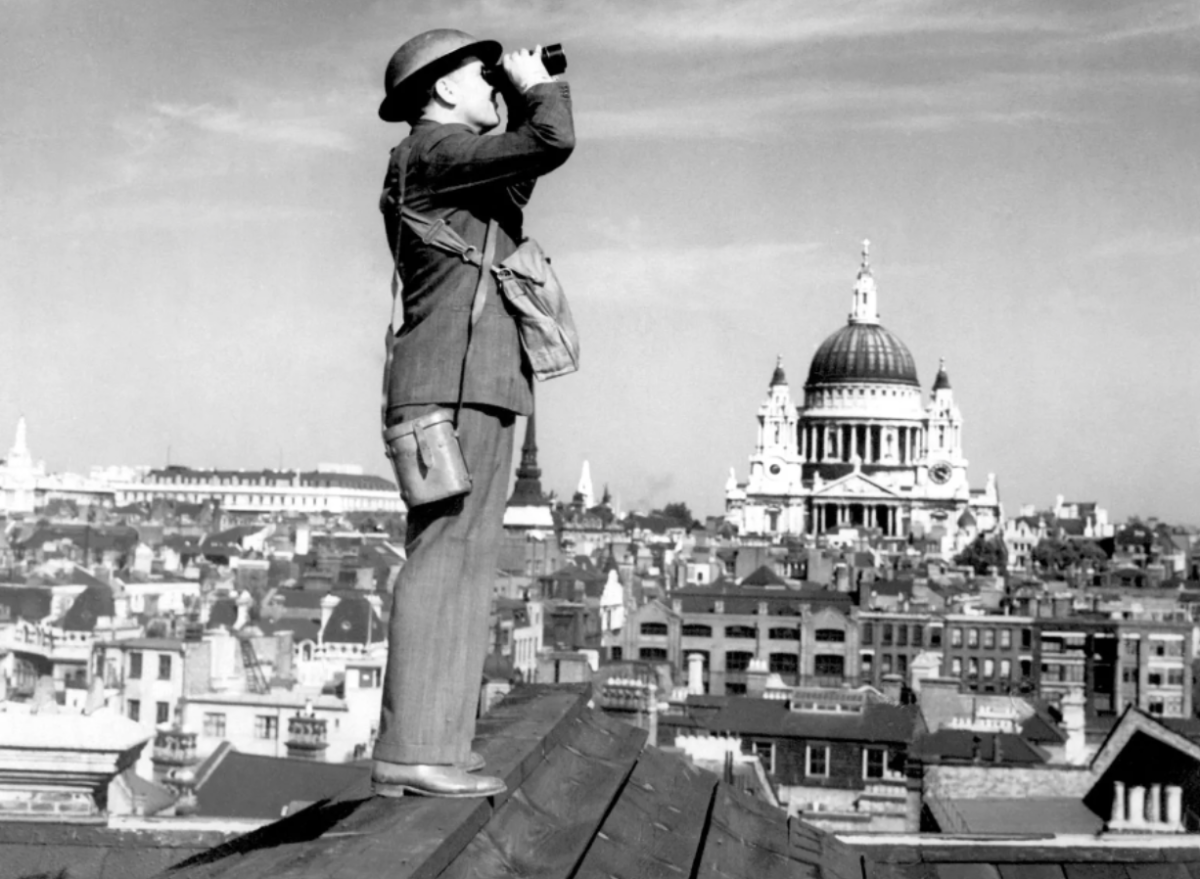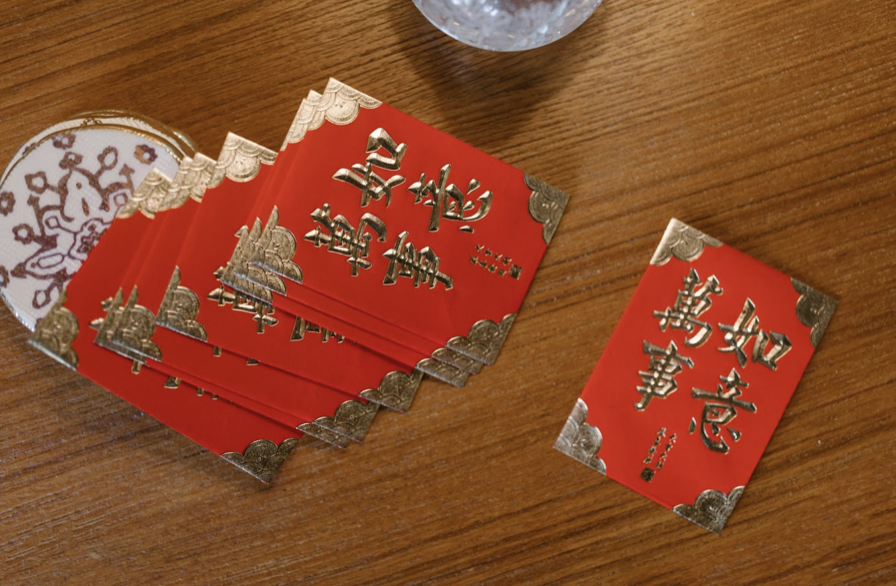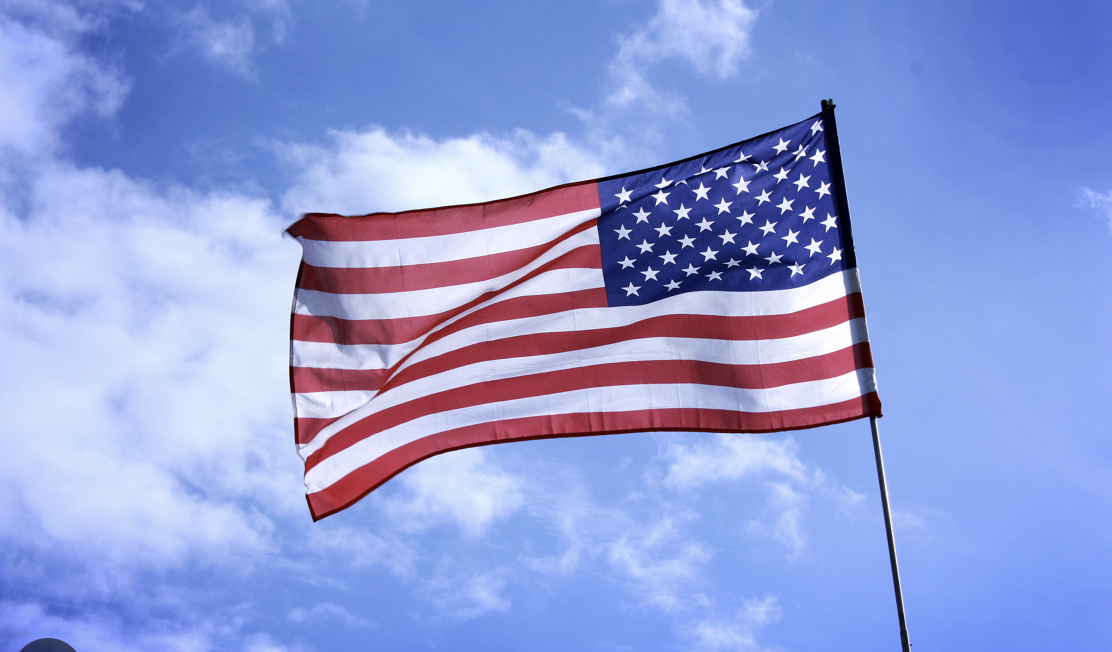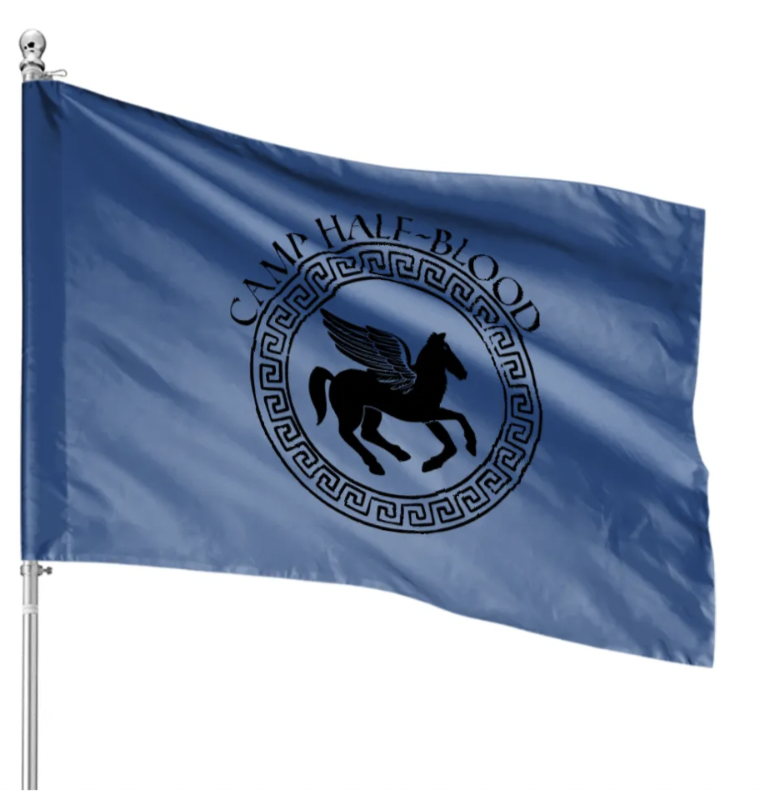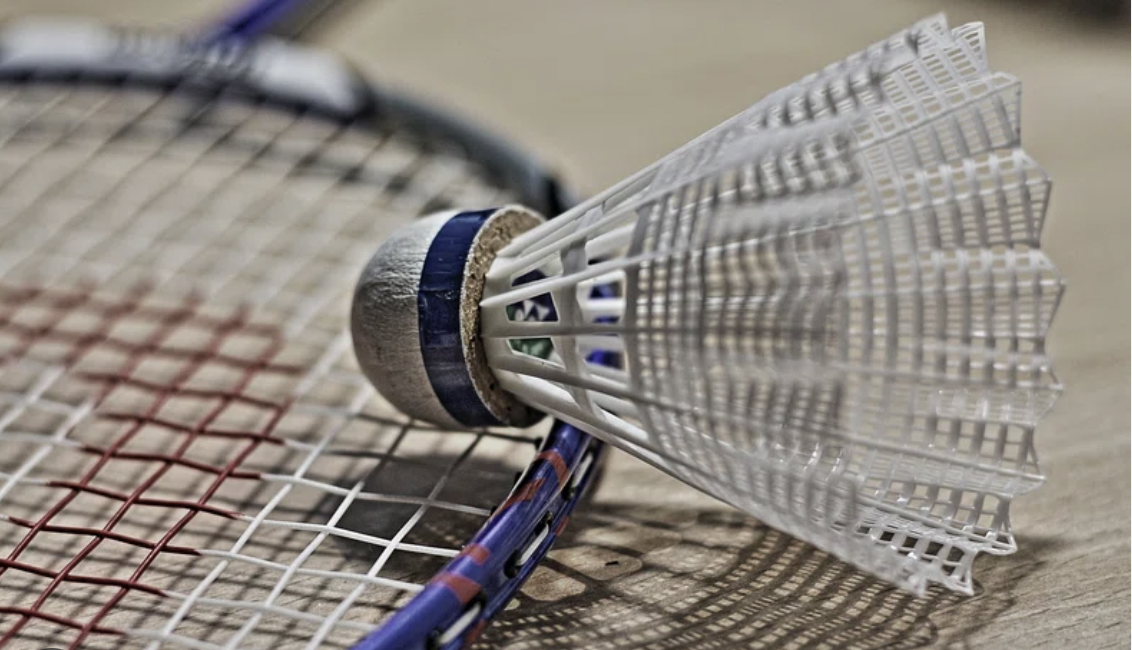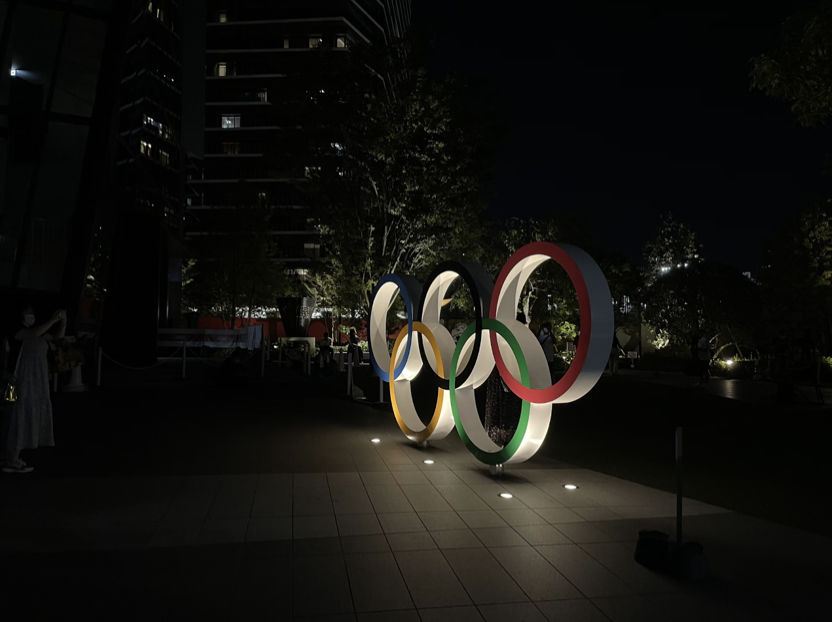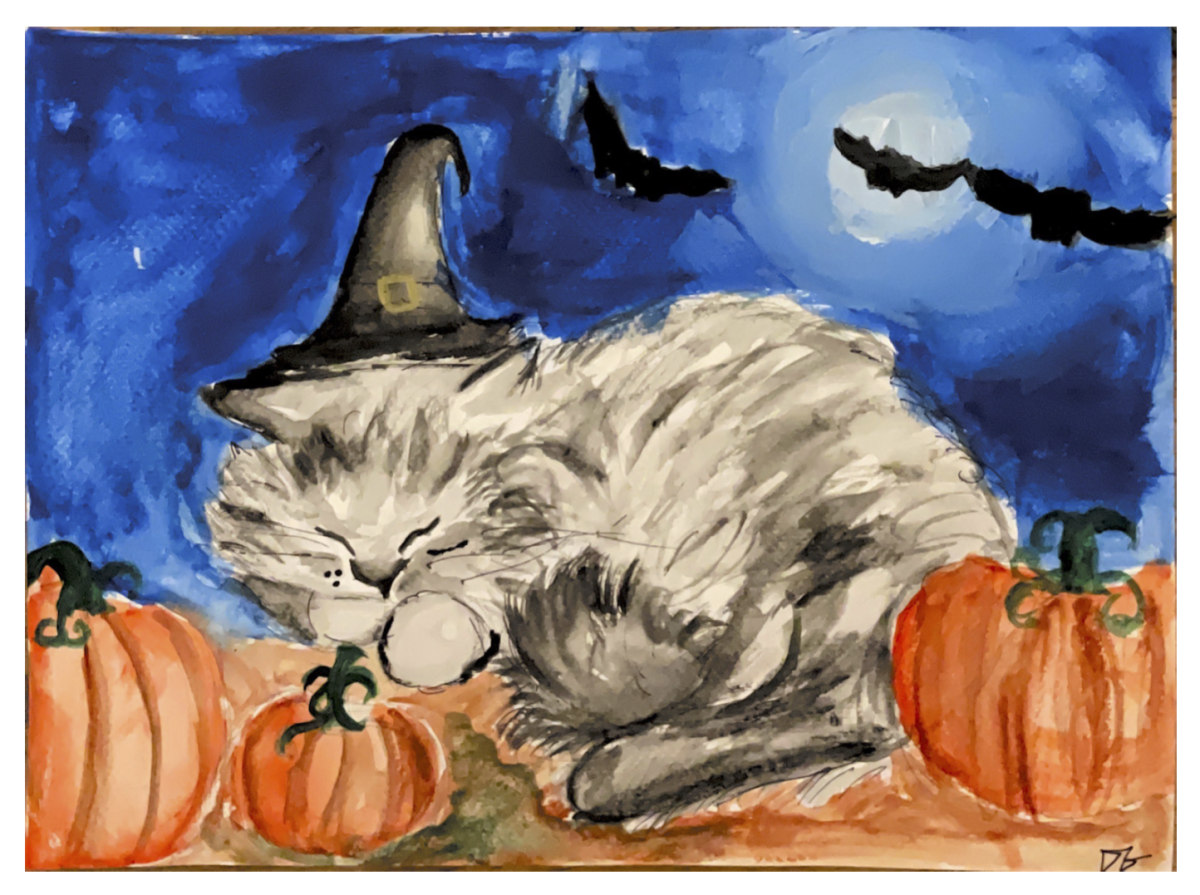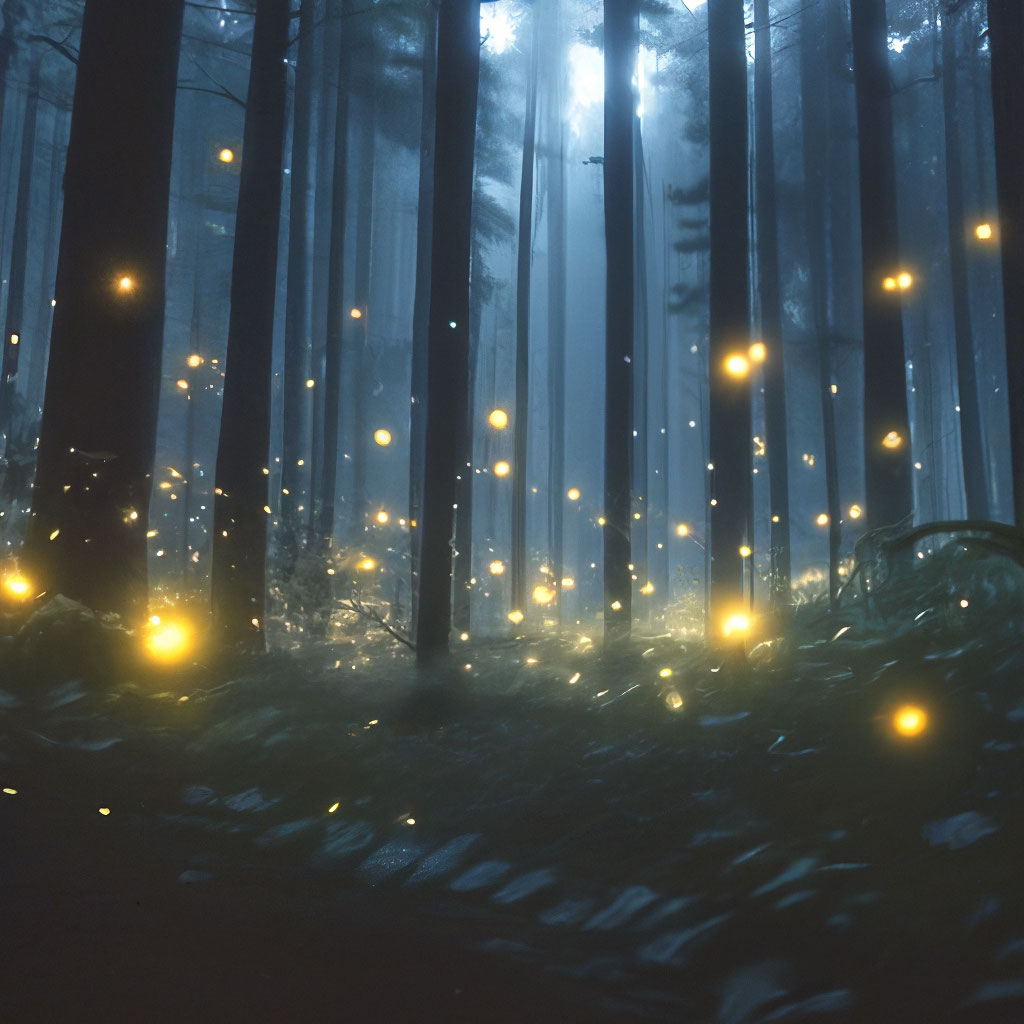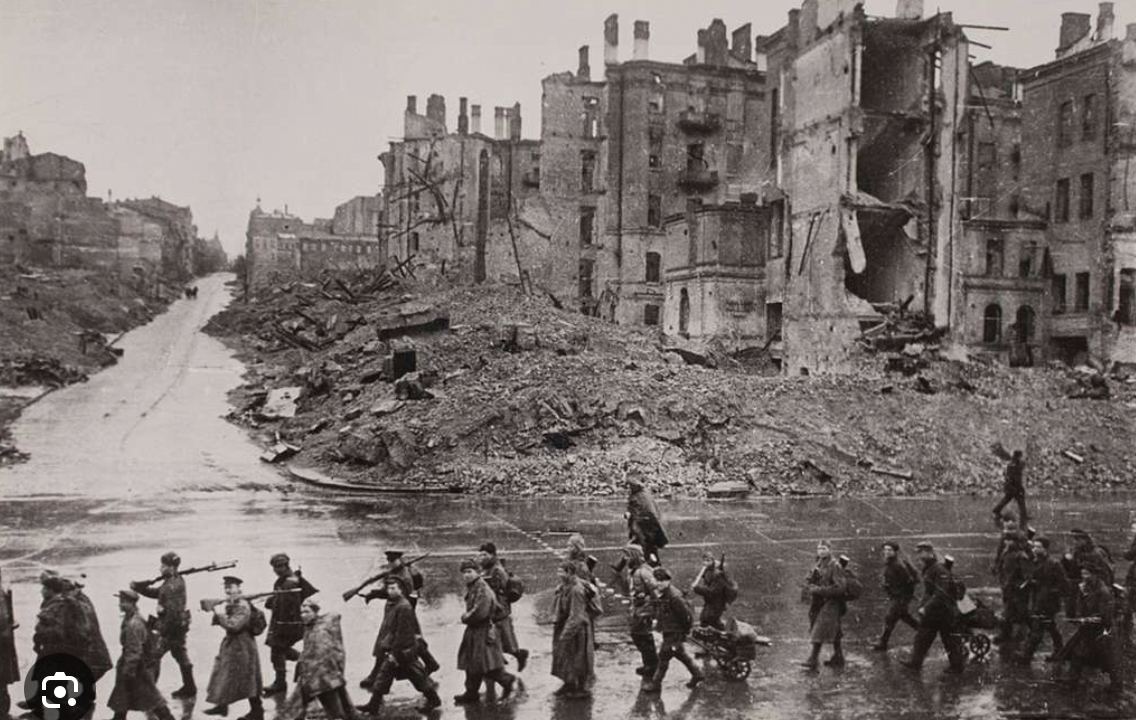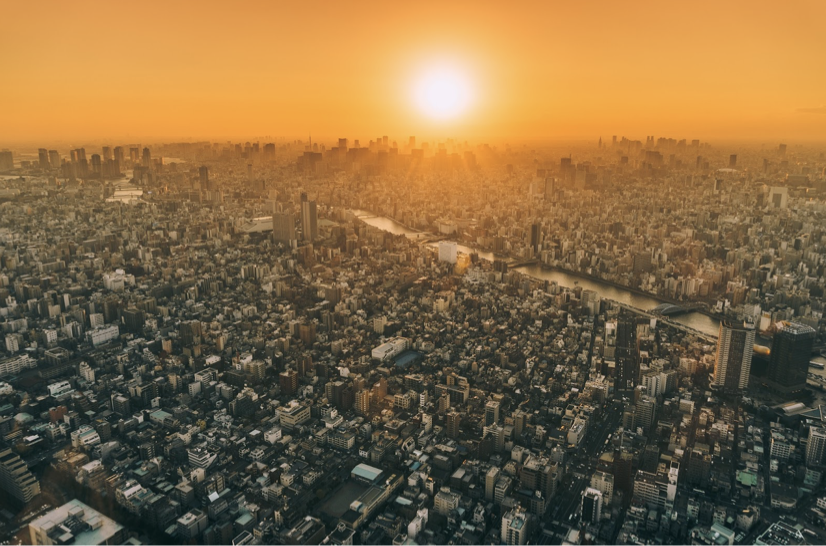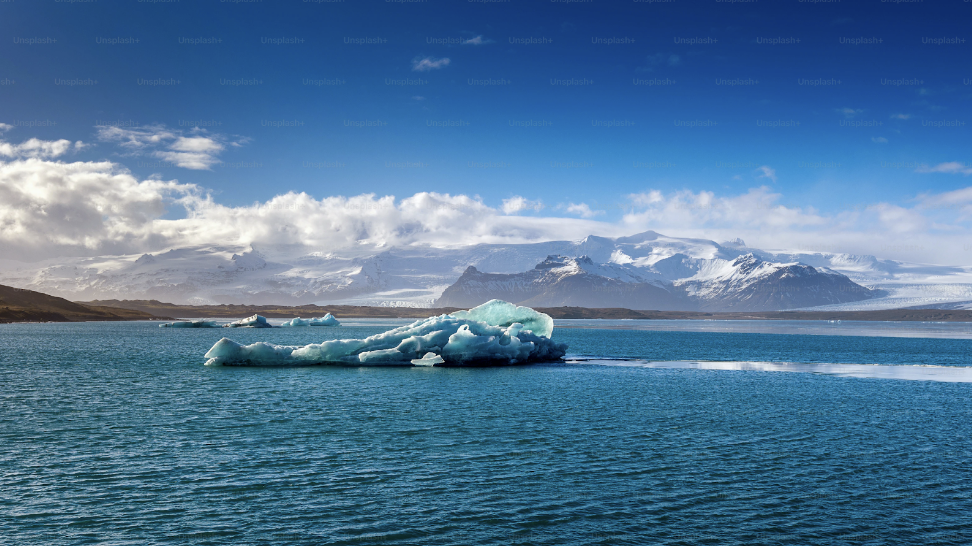Do you ever feel like you got burned when you sit in a car with black seats on a hot day? This feeling is due to the Albedo Effect, the amount of energy that is reflected by a surface. Darker surfaces like concrete and asphalt have low albedo and absorb more sunlight and heat, contributing to urban heat islands, referring to the temperature difference between urban spaces and surrounding rural areas. On the other hand, lighter surfaces like snow and ice have high albedo and reflect more heat, resulting in cooler temperatures.
The Albedo Effect is important when considering its role in the melting of the Arctic glaciers and global warming. In the Arctic, ice and snow reflect large amounts of sunlight, keeping temperatures cool. When warm temperatures melt some of the ice, darker ocean water and land become exposed and absorb more sunlight, further increasing temperatures and causing more melting of the ice. This positive feedback cycle continues; and has resulted in the Arctic decreasing by nearly ⅓ of its size. The excess water from these melted glaciers contributes to rising sea levels and puts coastal cities at great risk of flooding. The challenges raised by the albedo effects have prompted innovative solutions to deal with the problem of rising global temperatures.
The science behind the Albedo Effect is being applied to efficiently tackle the scorching temperatures of urban areas. These urban environments, consisting of heat-absorbing buildings, cars, and roads, have been shown to reflect only 4% of sunlight in comparison to the 25% released by the surrounding grasslands and green spaces. To solve this problem, New York City, Chicago, and Los Angeles have started “whitewashing” programs since 2015 where light-colored roofs, houses, and roads are implemented to reflect more sunlight and allow for sustainable cooling in these cities. In his 2014 paper, Professor Matei Georgescu of ASU found that if every roof in large cities were painted white, temperatures would be cut by nearly 1.5 degrees Celsius.
Understanding and applying practices underlying the albedo effect is critical in today’s world of rising global temperatures and finding ways to cool down sustainably in our urban heat islands.
Sources:
“Albedo Effect.” Norsk Polarinstitutt, www.npolar.no/en/fact/albedo/. Accessed 1 Feb. 2024.
Education, UCAR Center for Science. “Center for Science Education.” Albedo and Climate | Center for Science Education, scied.ucar.edu/learning-zone/how-climate-works/albedo-and-climate. Accessed 1 Feb. 2024.
Gendre, ByInes. “What Is the Albedo Effect and How Does It Impact Global Warming?” Greenly, 23 Mar. 2023, greenly.earth/en-us/blog/ecology-news/what-is-the-albedo-effect-and-how-does-it-impact-global-warming.
